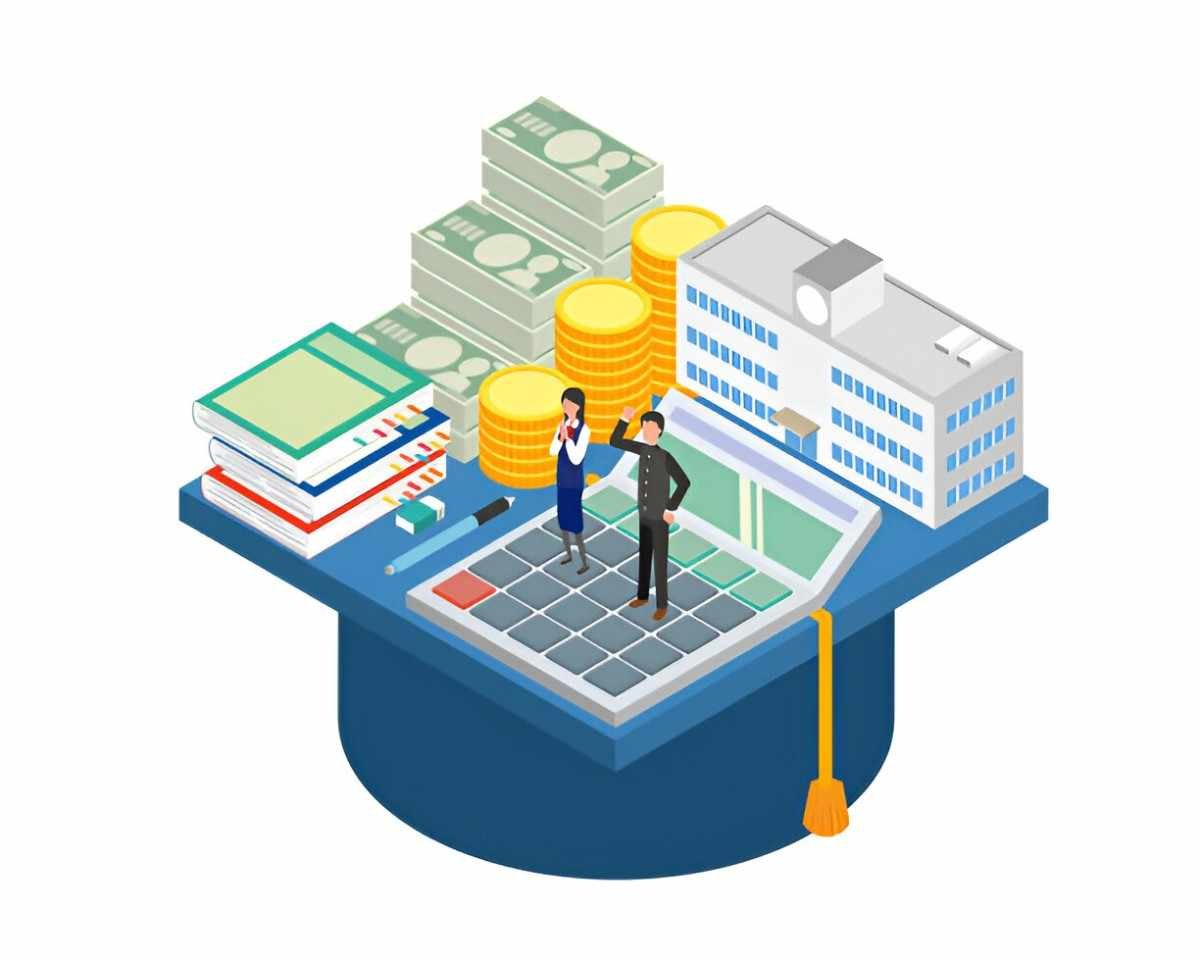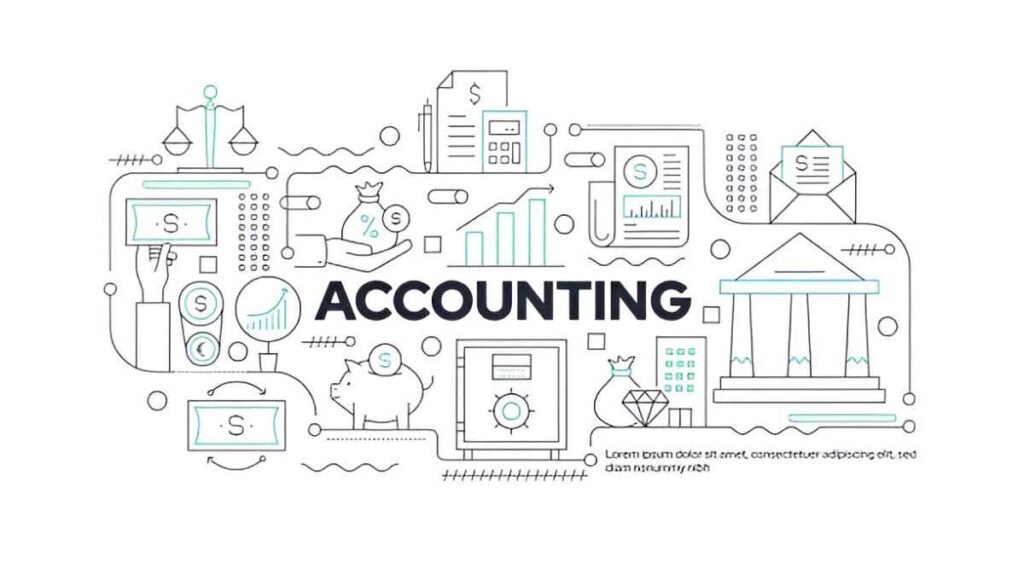As an accounting and finance professional, I often find that students focus heavily on financial statements, cost accounting, and investment analysis while overlooking the operational aspects that drive those numbers. One such critical area is physical distribution, the backbone of supply chain management that directly impacts costs, revenue, and profitability. In this article, I break down physical distribution from an accounting and finance perspective, explaining its components, financial implications, and real-world applications.
Table of Contents
What Is Physical Distribution?
Physical distribution refers to the movement of finished goods from manufacturers to end consumers. It includes warehousing, transportation, inventory management, order processing, and packaging. For businesses, efficient physical distribution reduces costs, improves cash flow, and enhances customer satisfaction—all of which directly affect financial performance.
Key Components of Physical Distribution
- Transportation – The movement of goods via road, rail, air, or sea.
- Warehousing – Storage solutions that balance inventory holding costs and demand fulfillment.
- Inventory Management – Ensuring optimal stock levels to prevent overstocking or stockouts.
- Order Processing – Efficient handling of customer orders to minimize delays.
- Packaging – Protecting goods while minimizing shipping costs.
Each of these components has direct financial implications, which I explore in detail below.
Financial Implications of Physical Distribution
1. Transportation Costs and Their Impact on Profit Margins
Transportation is often the largest expense in physical distribution. Companies must choose between different modes—each with varying costs and speed.
| Transportation Mode | Cost per Mile | Speed | Best For |
|---|---|---|---|
| Truck (LTL) | \$2.50 - \$5.00 | Fast | Short distances |
| Rail | \$0.10 - \$0.30 | Slow | Bulk commodities |
| Air | \$5.00 - \$10.00 | Very Fast | High-value goods |
Example Calculation:
If a company ships 1,000 units via truck at \$3.50 per mile over 500 miles, the total cost is:
Switching to rail at \$0.20 per mile reduces costs to:
1,000 \times 500 \times 0.20 = \$100,000However, slower delivery may lead to lost sales, affecting revenue.
2. Warehousing Costs and Inventory Carrying Costs
Holding inventory in warehouses incurs costs such as rent, utilities, insurance, and depreciation. The inventory carrying cost is typically 20-30% of inventory value annually.
\text{Carrying Cost} = \text{Inventory Value} \times \text{Carrying Rate}Example:
If a company holds \$1,000,000 in inventory with a 25% carrying rate:
1,000,000 \times 0.25 = \$250,000 per year
Reducing inventory through Just-in-Time (JIT) systems can lower these costs but increases reliance on reliable suppliers.
3. Order Processing Efficiency and Cash Flow
Delays in order processing lead to longer cash conversion cycles. The Cash Conversion Cycle (CCC) formula is:
CCC = DIO + DSO - DPOWhere:
- DIO = Days Inventory Outstanding
- DSO = Days Sales Outstanding
- DPO = Days Payable Outstanding
A shorter CCC means faster cash inflows, improving liquidity.
How Physical Distribution Affects Financial Statements
1. Balance Sheet Impact
- Inventory (Current Asset) – High inventory levels increase working capital needs.
- Accounts Payable – Logistics costs may increase liabilities if payment terms are extended.
2. Income Statement Impact
- Cost of Goods Sold (COGS) – Higher distribution costs increase COGS, reducing gross profit.
- Operating Expenses – Warehousing and transportation appear under SG&A expenses.
3. Cash Flow Statement Impact
- Operating Activities – Efficient distribution improves cash flow from operations.
- Investing Activities – Capital expenditures may include warehouse automation.
Case Study: Amazon’s Distribution Network
Amazon’s success hinges on its distribution efficiency. By investing in fulfillment centers, last-mile delivery, and AI-driven logistics, Amazon reduces delivery times and costs.
- Same-day delivery reduces DSO, accelerating cash flow.
- Robotic warehouses cut labor costs, improving margins.
Optimizing Physical Distribution for Financial Efficiency
1. Use of Economic Order Quantity (EOQ)
The EOQ model minimizes total inventory costs by balancing ordering and holding costs:
EOQ = \sqrt{\frac{2DS}{H}}Where:
- D = Annual demand
- S = Ordering cost per order
- H = Holding cost per unit per year
Example:
If annual demand (D) is 10,000 units, ordering cost (S) is \$50, and holding cost (H) is \$2:
Ordering 707 units per order minimizes costs.
2. Outsourcing vs. In-House Logistics
| Factor | In-House | 3PL (Outsourced) |
|---|---|---|
| Control | High | Low |
| Cost | Fixed + Variable | Variable (Pay-as-you-go) |
| Scalability | Limited | High |
Many firms use Third-Party Logistics (3PL) to convert fixed costs into variable costs, improving financial flexibility.
Conclusion
Physical distribution is not just an operational concern—it’s a financial lever that impacts profitability, liquidity, and competitive advantage. By understanding transportation economics, warehousing costs, and inventory models, accounting and finance students can better analyze a company’s supply chain efficiency and its financial health.





